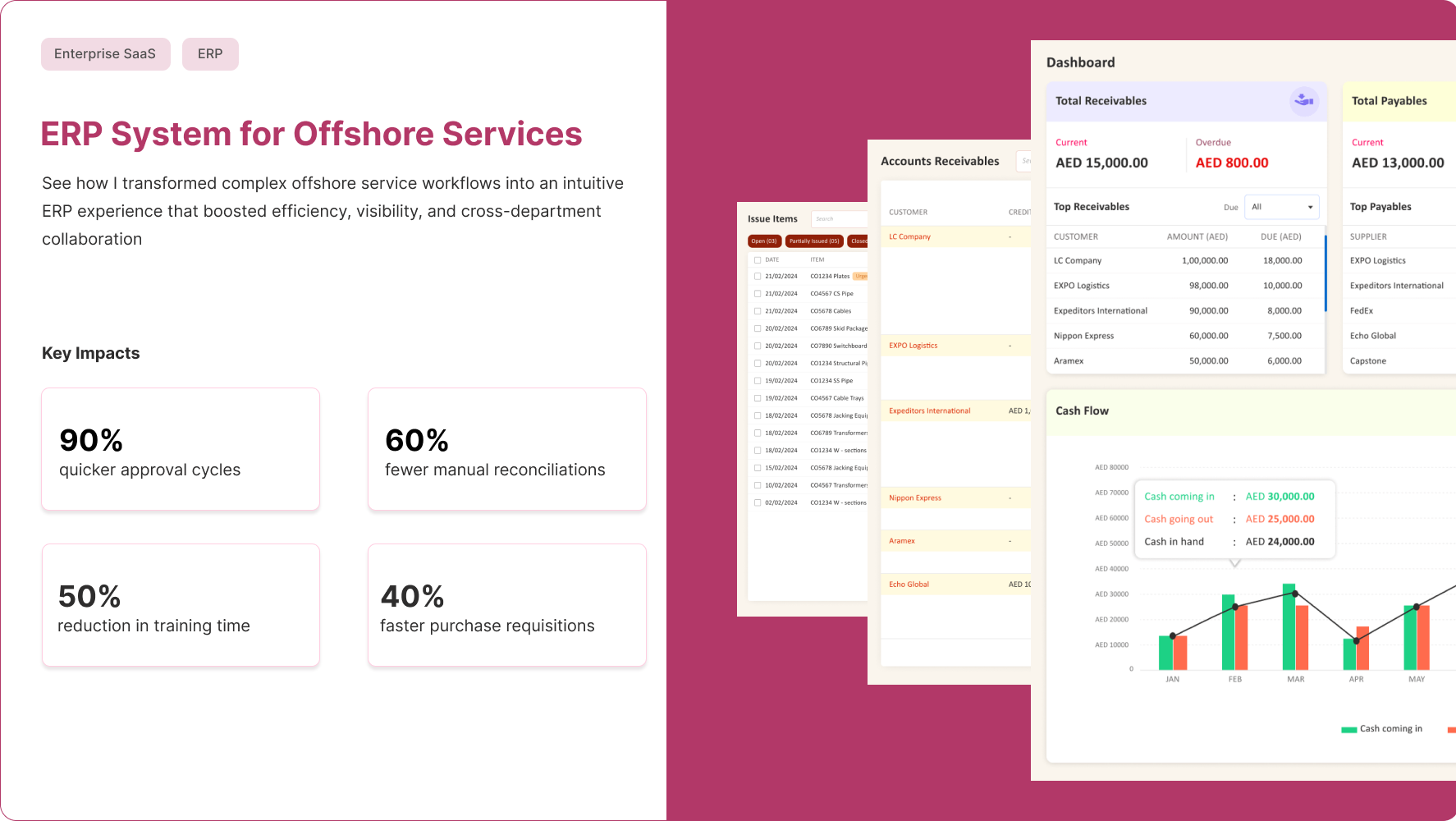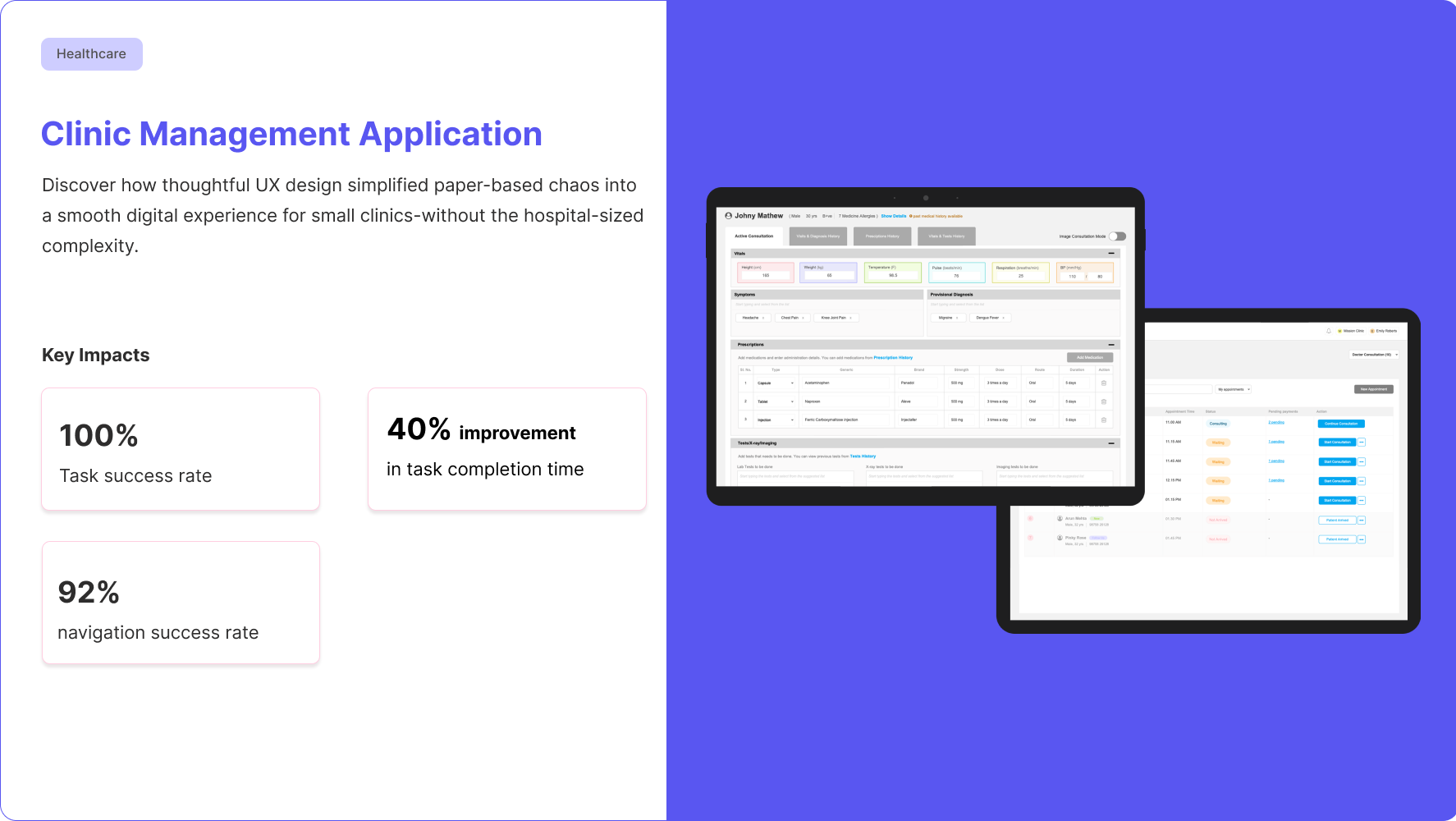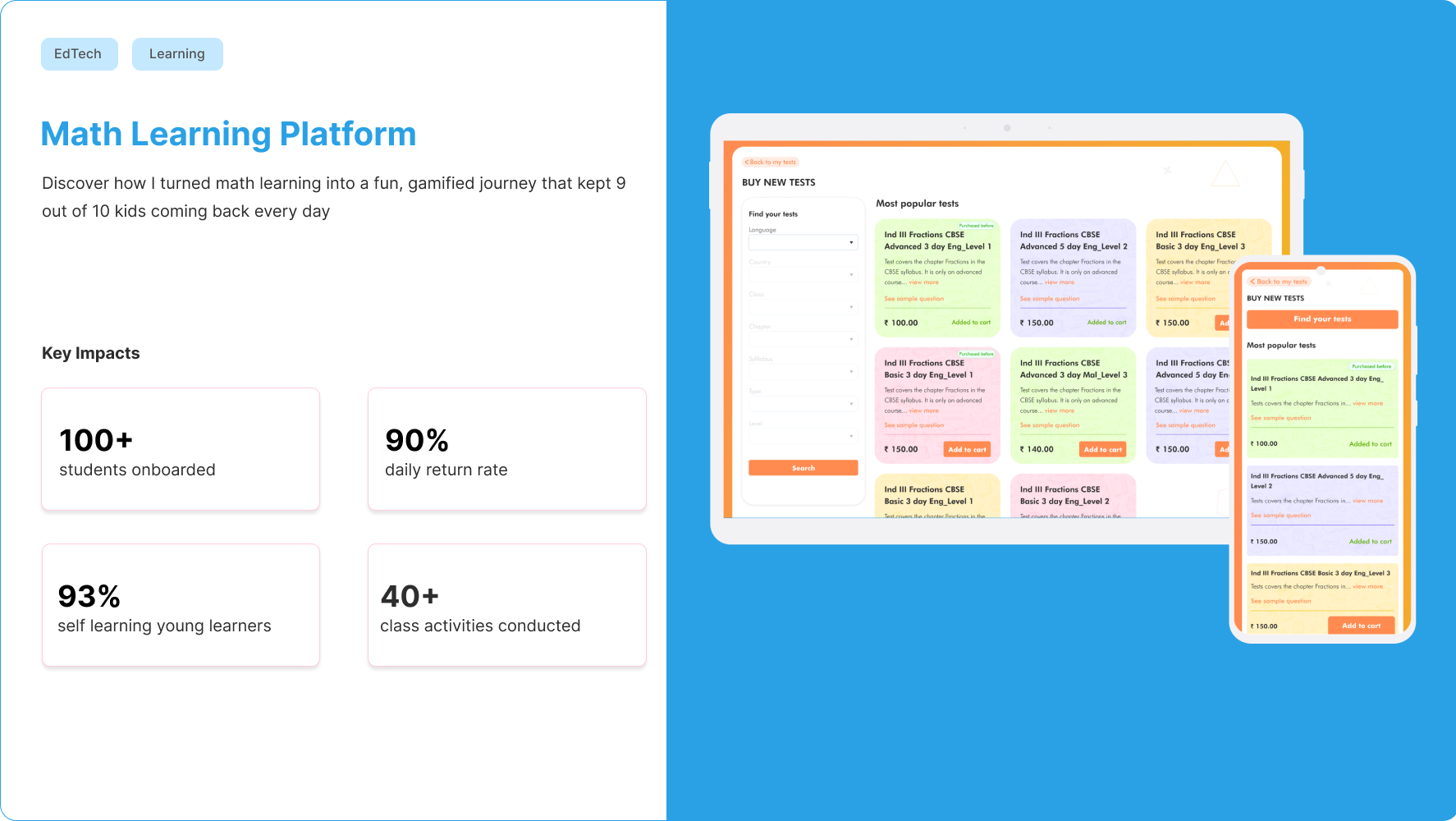Quick Summary
Domain: Logistics
Duration: 18 months (2019-2021)
Tools: Axure RP, Figma, Jira
Contribution: Led the end-to-end UX process — from on-site research and task flow mapping to wireframing and usability testing. Collaborating with the client’s product and design teams, shaped key features like Spot Quote and eBid, which played a major role in the platform gaining recognition at Expo 2020 Dubai and TAQADAM Accelerator.
Key Impact:
✅ Traders can instantly book competitive spot quotes from Freight forwarders and Insurance providers in < 2mins
✅ Saves bidders time, with auto-awarding making the e-bidding process 80% faster
✅ Enabled real-time quoting and transparent bidding, improving trust, and boosting efficiency
✅ Recognized with multiple awards, including Top Finalist in the Logistics Challenge by Expo 2020 Dubai
-------------------------------------------------------------------------------------------------------------------------------------------------------------------------------------------------------------------------------------------------------------------------------------
The Opportunity
Freight logistics isn’t exactly the most glamorous space. It’s full of phone calls, spreadsheets, manual bookings, and “we’ll get back to you” emails. But when the pandemic hit, the logistics world was forced to go digital — fast. And our client envisioned a bold idea:
A unified digital platform that connected Importers/Exporters with Logistics Service Providers (LSPs) for both spot quoting and e-bidding — an industry-first in many ways.
“We’re handling global cargo like it’s still the '90s.” – A frustrated Import Manager during our research
-------------------------------------------------------------------------------------------------------------------------------------------------------------------------------------------------------------------------------------------------------------------------------------
My Role
As the lead UX designer from inception, I shaped the product experience through:
-- Contextual inquiry & in-depth field research
-- Task analysis & user journey mapping
-- Wireframing & prototyping
-- User testing & iterative design
-- Collaboration with client’s product team
-------------------------------------------------------------------------------------------------------------------------------------------------------------------------------------------------------------------------------------------------------------------------------------
First, I Had to See It for Myself
Before any designing, I spent 3 weeks on the floor with logistics teams — watching how they handled freight in real time. I joined their coffee breaks, sat beside them during calls, and quietly observed as they scrambled to track down cargo updates.
I didn’t ask for formal interviews right away. I just listened. Watched. Took notes.
That’s how I learned:
“We need visibility, speed and trust in every shipment touchpoints right from quotes”
“We spend more time coordinating than moving cargo”
“We need a transparent dealing in e-bidding, free from ghosting or spamming”
-------------------------------------------------------------------------------------------------------------------------------------------------------------------------------------------------------------------------------------------------------------------------------------
Turning Messy Workflows into Clear Flows
Once I understood the chaos, it was time to structure it. I used task analysis to break down high-level actions into repeatable steps — like how users create bids, or how they track shipments from pickup to POD (Proof of Delivery).
With that, I began sketching early wireframes. No fancy UI yet — just black-and-white flows, one idea at a time.
Design happened in two phases:
Phase 1: E-bidding workflows
Phase 2: Spot quotes, shipment tracking, and rate management
Every feature was designed with progressive disclosure and minimal cognitive load in mind — critical for busy logistics users. These flows were reviewed in real-time with the product team and sometimes reworked completely based on stakeholder feedback.
-------------------------------------------------------------------------------------------------------------------------------------------------------------------------------------------------------------------------------------------------------------------------------------
Testing with the People Who Live It
Since we had direct access to our logistics users, testing wasn’t a one-time event. It was part of the design rhythm. We used issue severity mapping to prioritize changes and worked in tight design-feedback loops with stakeholders and users.

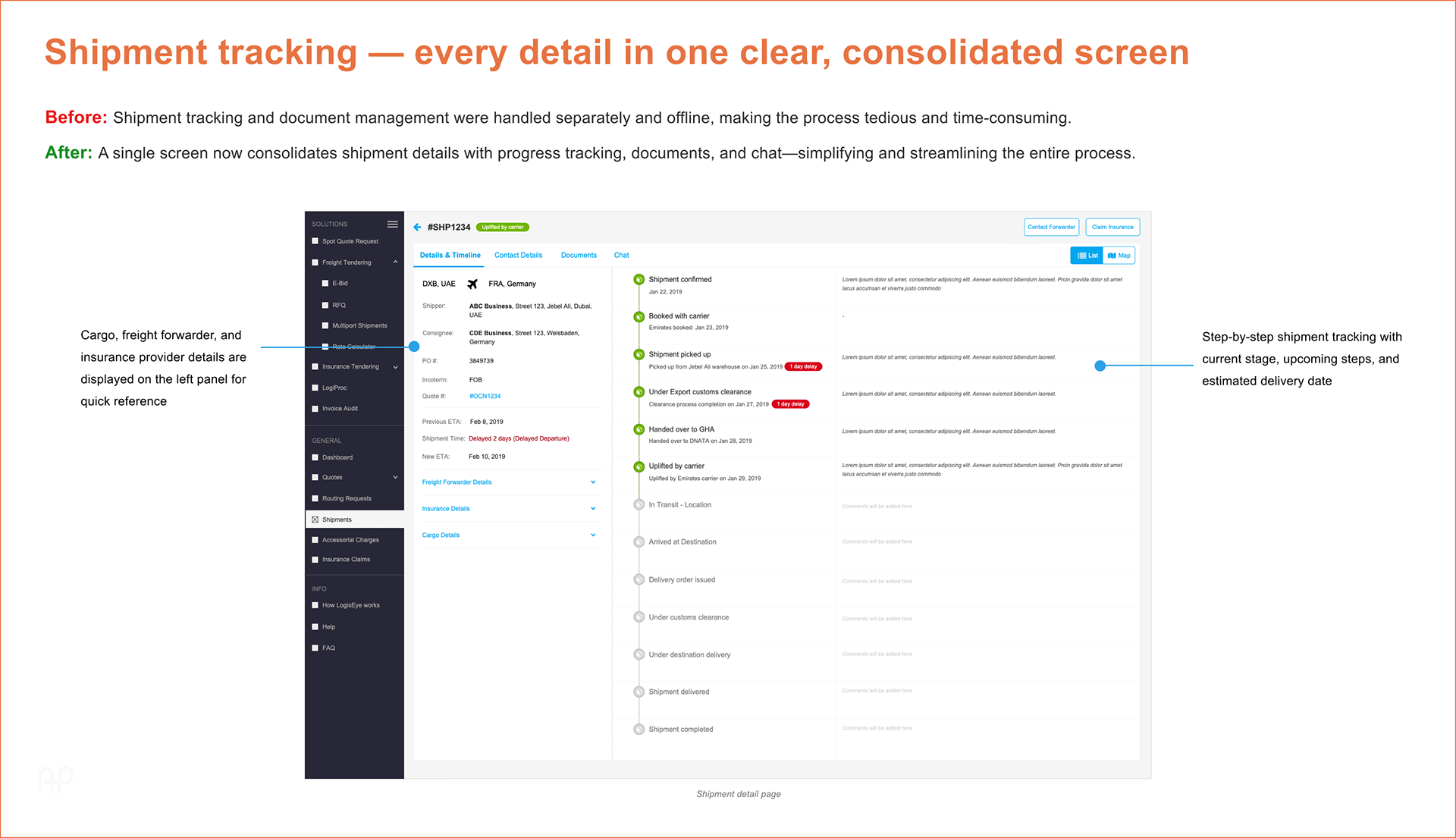
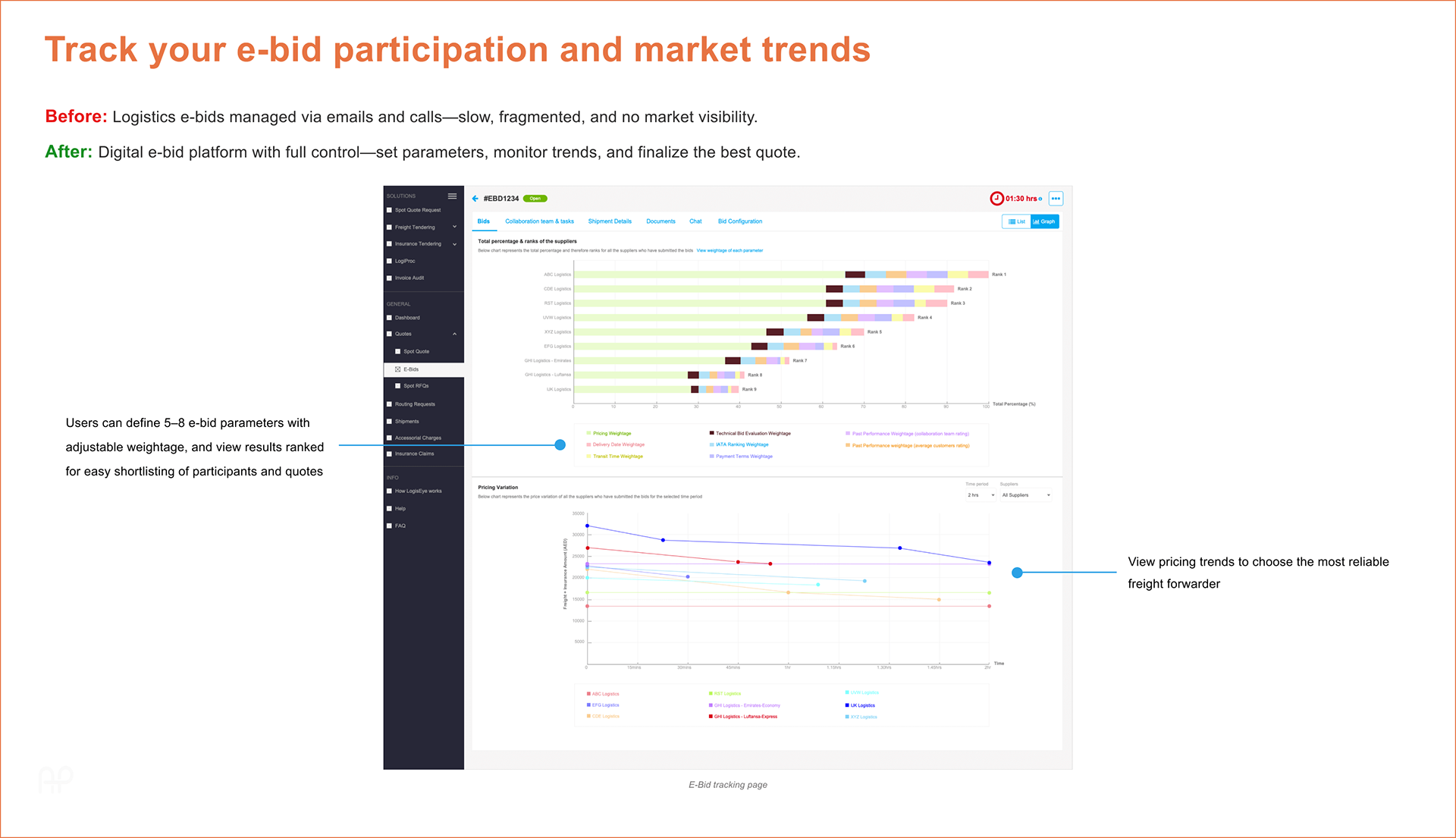

Each time we built a clickable flow, we took it back to the users:
-- Does this feel natural?
-- What’s confusing?
-- What would make this better?
Some screens — like the rate update panel for LSPs — went through 4–5 rounds of iteration. And every time, it got better.
-------------------------------------------------------------------------------------------------------------------------------------------------------------------------------------------------------------------------------------------------------------------------------------
-------------------------------------------------------------------------------------------------------------------------------------------------------------------------------------------------------------------------------------------------------------------------------------
What Happened After Launch
The product launched in 2022, and it was quickly embraced by the logistics community.
Recognitions:
Top 3 finalist – UPS Smart Logistics Challenge, Expo 2020 Dubai
One of the most Promising Startup – TAQADAM MENA Accelerator (from 9,636+ applicants)
-------------------------------------------------------------------------------------------------------------------------------------------------------------------------------------------------------------------------------------------------------------------------------------
Final Reflection
This project taught me that logistics isn’t about moving cargo — it’s about moving confidence. The people who ship things across the world don’t just need tools. They need clarity, control, and trust at every step.
And good UX? That’s what creates it.
